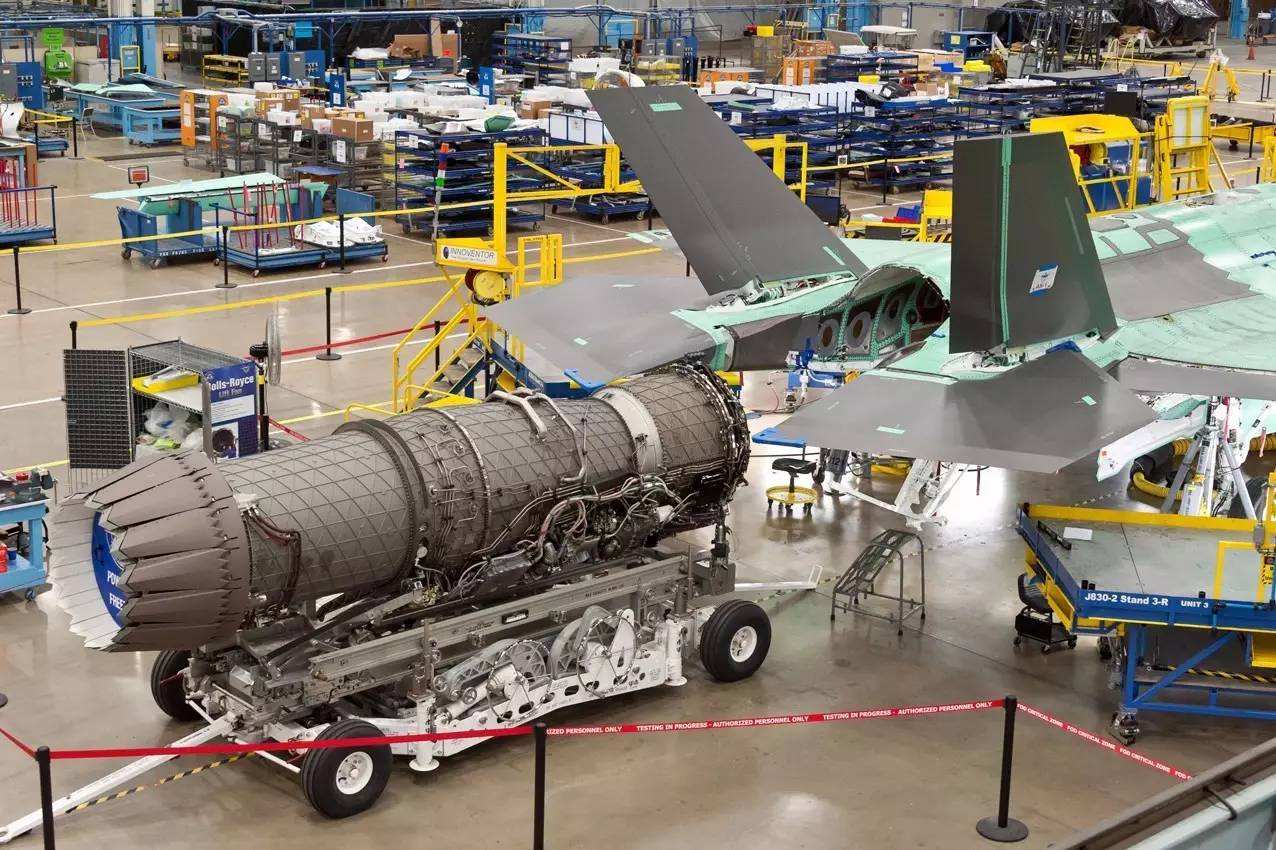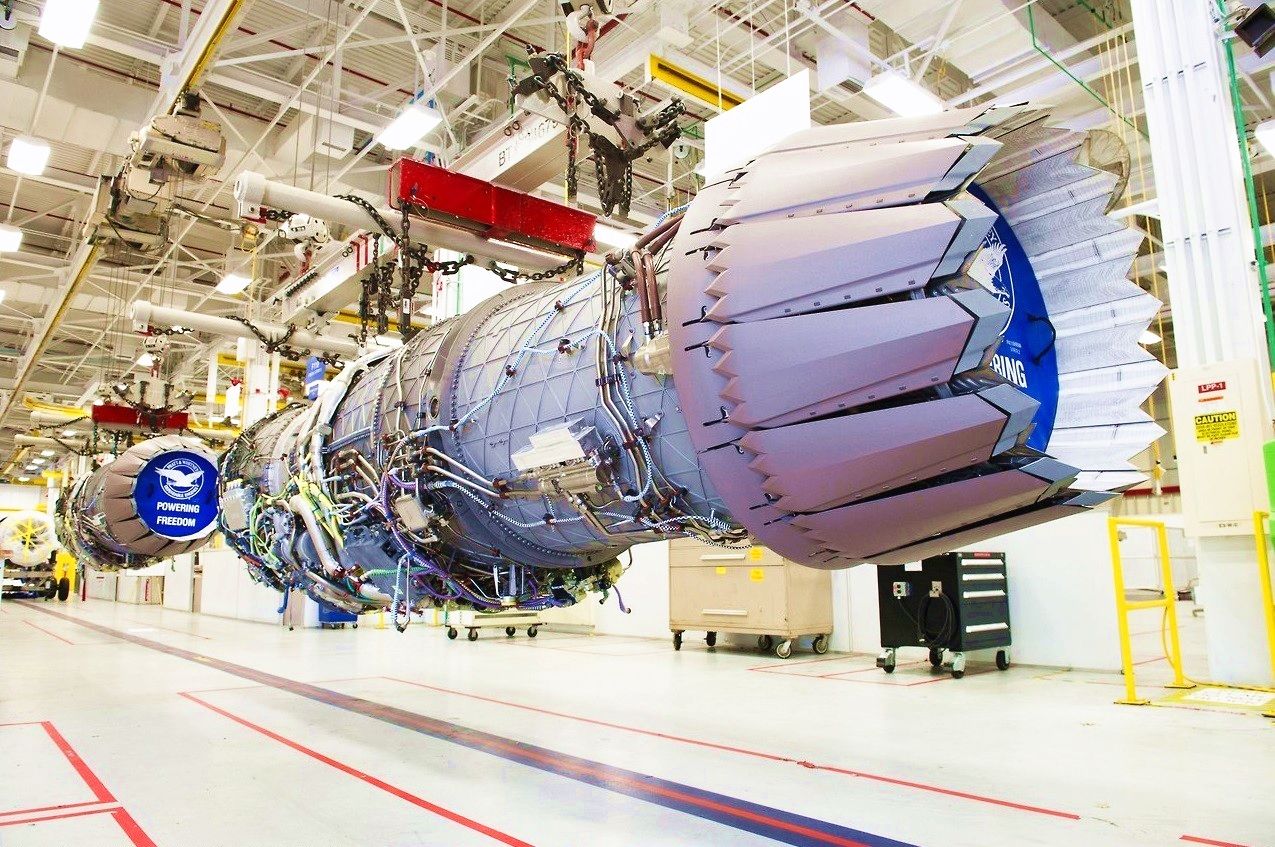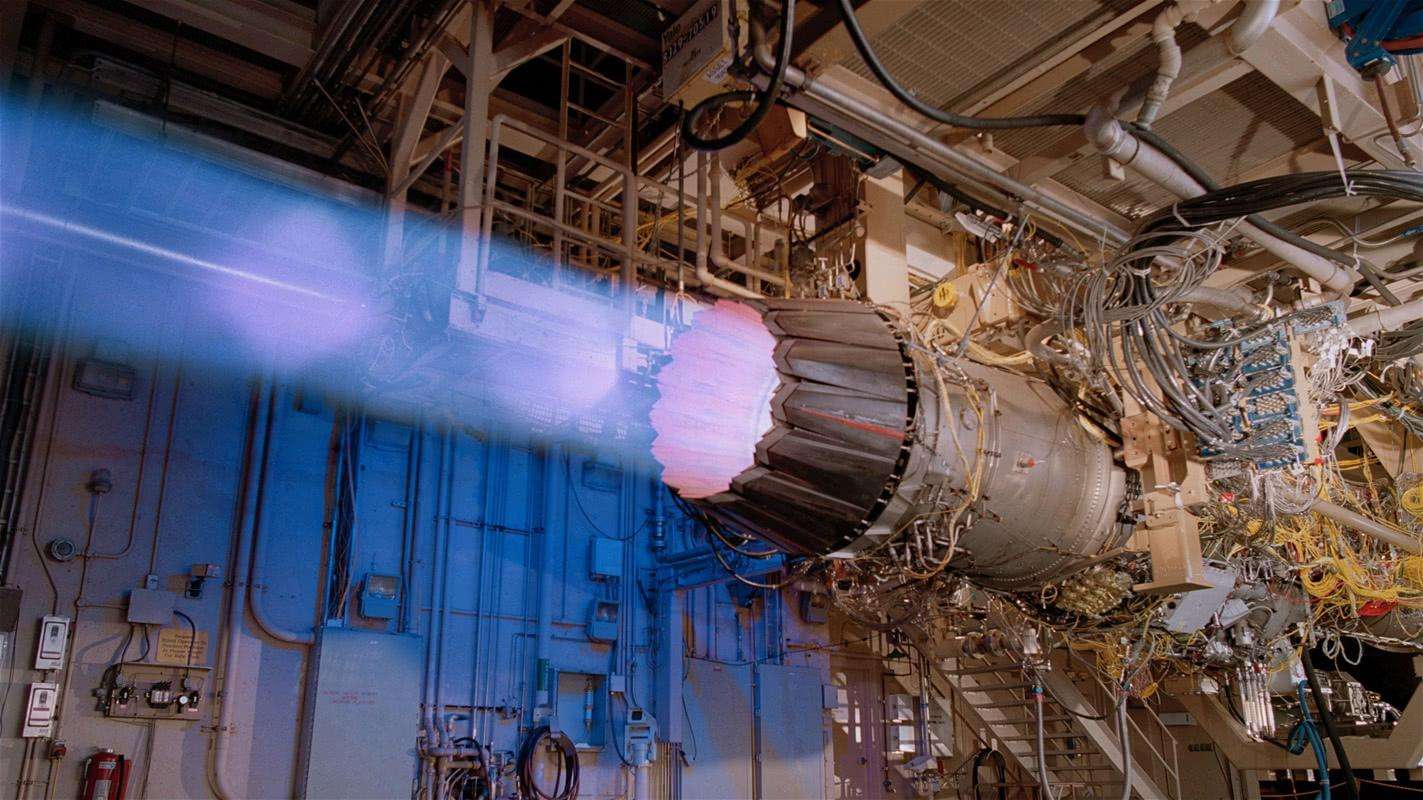well from mid 2010's onward. ever basic component/material of a high thrust military turbofan engine has been solved. China basically mastered in all critical engine tech. talking about military engines.
now back to your question, you are talking about WS-15 development being delayed. well its true, but you don't know the story behind this. original WS-15 was meant to be 35,000-36,000 lbs thrust turbofan engine. but due to breakthroughs in advance materials , metallurgy process WS-10C exceed all the expectations and gave PLAAF what they were dreamed about WS-15. so immediately Shenyang decided to change the entire WS-15 design. and in 2018 A new WS-15 has been born. dry thrust of WS-15 is now 24,500 lbs. this is the reason why WS-15 is been late. if they were stick to original design, today engine would have been in service.
@sunnymaxi bro from your post WS10C wet thrust is equal to 35,000 matching that of F119? the redesign WS15 at dry thrust of 25,000 is equal to 18 ton of thrust comparable to F135?
A single-engine stealth machine with 18-ton thrust will inevitably be developed
2022-07-05 20:07 HKT

Yesterday, Hanhai Langshan (Xiongnu Langshan) mentioned that the maximum afterburner thrust index of WS15 is likely to be adjusted upwards. That is, it may be adjusted from the 16-ton class originally requested to around 18-ton class. If this is the case, then both the J20 equipped with dual-engine WS15 and the 45-ton stealth fighter-bomber with dual-engine WS15 in the future will have greatly improved combat capabilities. This is of course a very gratifying thing. There is another very important point. This is the WS15's 18-ton thrust value, which is already in line with the current maximum thrust of the F135 engine currently installed on the F35; however, the way the WS15 achieves the 18-ton maximum thrust is very different from the F135 engine. The WS15 is similar to the F119 engine in that it obtains such a huge thrust index with a small bypass ratio. Although the F135 engine is advanced enough, the main way to increase thrust is to increase the bypass ratio and air flow. Therefore, although the absolute value of thrust is great, the wind resistance of this type of engine is also great, and it is only suitable for mid-to-low altitude subsonic and low supersonic flight.

It is impossible to use the F135 engine to achieve high-altitude high-speed and supersonic cruise flight capabilities. Of course, it is fine to be equipped with an attack aircraft such as the F35 which has a short and thick airframe and does not pursue the advantage of speed; but as an air superior fighter, it is obviously not up to the standard. The WS15 should be a new generation of equipped power developed for a typical air superiority fighter, which is consistent with the original intention of the F119 and the variable cycle F120 engine. So there is a new extensibility question: After having the 18-ton WS15, whether to develop a single-engine air superior stealth fighter separately. Some people may think that if single-engine stealth machines are developed again, there will be at least four or even five kinds of stealth machine equipment in emerging powers in the future. This is the J20, the future 45-ton stealth combat bomber, the mid-push twin-engine stealth aircraft, the twin-engine stealth carrier-based aircraft, and the fifth single-engine stealth aircraft. But Langshan believes that even if there are really 5 stealth tactical aircraft equipment, it is not too much. We must first realize that stealth performance is the basic configuration for air operations after 2035.

It now appears that both stealth tactical aircraft and stealth bombers are still high-end configurations, and aircraft that do not have stealth capabilities in 15 or 20 years may all face a situation that must be eliminated. By then, stealth is already the lower limit of basic combat performance. It is the most normal thing to develop more stealth machines. Secondly, single-engine stealth air superiority tactical aircraft must be developed, and it is impossible for all tactical aircraft to be dual-engine in the future. Dual-engine fighters have the advantage of higher reliability, but they also have the problem of high overall cost of use and maintenance. Even if the seemingly relatively cheap dual-engine dual-engine fighter, it is not cheap in actual use; the overall cost can reach 75% to 80% of the dual-engine heavy fighter. In fact, it is impossible for any major country to equip all dual-engine tactical aircraft. It is relatively normal for single-engine fighters to occupy about 60% of the total number of fighters. The superpower air force currently has 960 single-engine F16 equipment; in addition, its air force is currently equipped with more than 250 F35As; the dual-engine F15 and F22A series are actually very few. The emerging air force currently has more than 500 single-engine J10 series.



